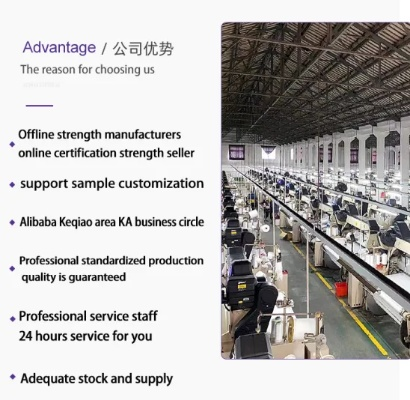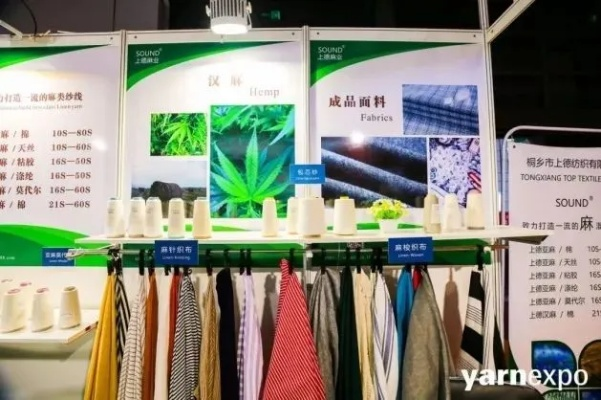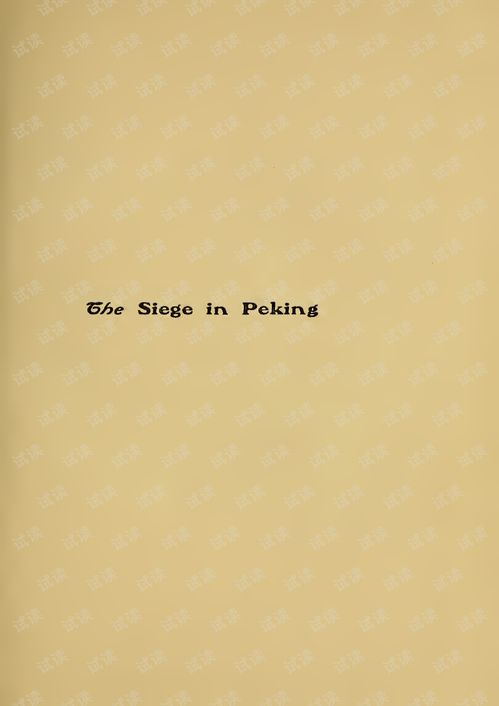The Evolution of Textile Design:A Journey Through Time
The evolution of textile design has been a fascinating journey through time. From the earliest days of primitive textile weaving, to the complex patterns and designs of modern fashion, textiles have played an essential role in human culture and society. This article will explore the history of textile design from its origins in ancient times to the present day, examining the various techniques, materials, and styles that have evolved over time. Through this exploration, we will gain a deeper understanding of the importance of textiles in our lives and the impact they have had on the development of human civilization.
Introduction: The textile industry has been an integral part of human civilization for centuries, with each generation bringing its unique design and aesthetics to the table. From simple weaving techniques to complex embroidery patterns, the evolution of textile design reflects the cultural, social, and technological changes that have shaped our world. In this essay, we will explore the history of textile design from its earliest beginnings to the modern era, using examples and charts to illustrate key milestones and trends.
Pre-Colonial Period: Before the advent of modern technology, textile design was largely dictated by practicality and tradition. Ancient cultures such as the Egyptians, Greeks, and Romans used textiles to create functional clothing and decorative items. For example, the Egyptians wove intricate geometric patterns onto their loom, while the Greeks adorned their textiles with floral motifs and mythological scenes. These early designs were often inspired by religious iconography and served as a means of expressing cultural identity.
Industrial Revolution: The Industrial Revolution marked a significant shift in textile design, as factories began producing mass-produced textiles on a large scale. This led to a decline in handloom weaving and an increase in standardized production methods. One notable example is the development of synthetic fibers, which replaced natural materials like cotton and wool in the mid-20th century. While these new materials offered greater durability and affordability, they also introduced new challenges for designers who had to adapt to new manufacturing techniques and consumer preferences.
Post-World War II: After World War II, textile design saw a resurgence in Europe and North America as people sought to rebuild their economies and restore cultural traditions. Designers began experimenting with new materials and techniques, such as knitting and crocheting, which allowed for more intricate and personalized patterns. At the same time, designers also began to incorporate social and political themes into their work, reflecting the changing values of the post-war era.
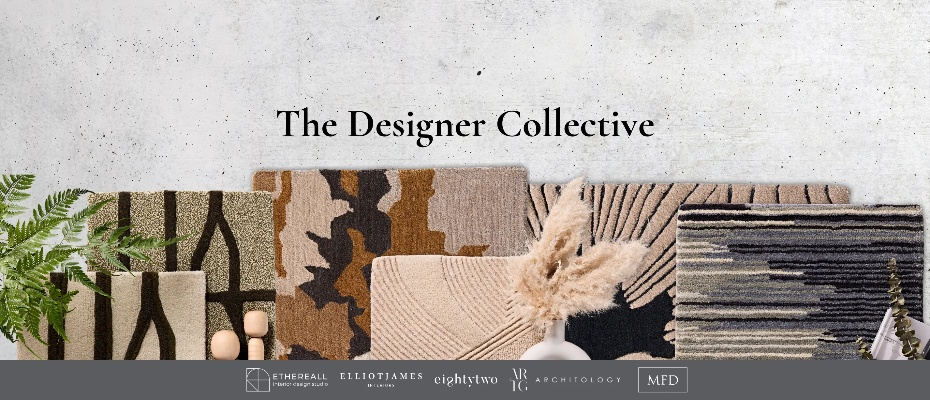
Modern Era: The modern era has seen a renewed interest in textile design, driven by the rise of globalization and the increasing demand for eco-friendly and sustainable products. Designers are now exploring new materials and technologies, such as biodegradable fibers and digital printing, to create more innovative and versatile designs. Additionally, there has been a growing focus on cultural heritage and identity, leading to the emergence of new styles and languages of textile design.
Case Study: One example of contemporary textile design is the work of British designer Sarah Burton. Burton is known for her playful and whimsical designs, which often feature unexpected colors and textures. Her most famous piece is the "British Summer Dress," a brightly colored dress designed to be worn during the summer months. This piece not only showcases Burton's talent for creating bold and eye-catching designs but also highlights the importance of textile design in promoting cultural identity and creativity.
Conclusion: The history of textile design is a rich tapestry of innovation, tradition, and change. From ancient埃及的几何图案到工业革命后的标准化生产,再到现代全球化和可持续发展的趋势,设计师们不断探索新的材料、技术和表达方式,Sarah Burton等当代设计师的成功案例展示了纺织品设计在促进文化认同和创意表达方面的重要性。 As we look to the future, it is clear that textile design will continue to evolve and shape our world in exciting and meaningful ways.
纺织品设计是一个充满历史与文化交织的领域,它不仅反映了人类对美的追求,也反映了人类对材料和工艺的探索,本文将通过丰富的案例和图表,为您揭示纺织品设计的丰富历史。
早期纺织品设计
-
手工艺时代:在古代文明时期,人们通过手工编织和刺绣等方式,创造出各种具有特色的纺织品,这些纺织品往往反映了当时的社会文化和生活方式。
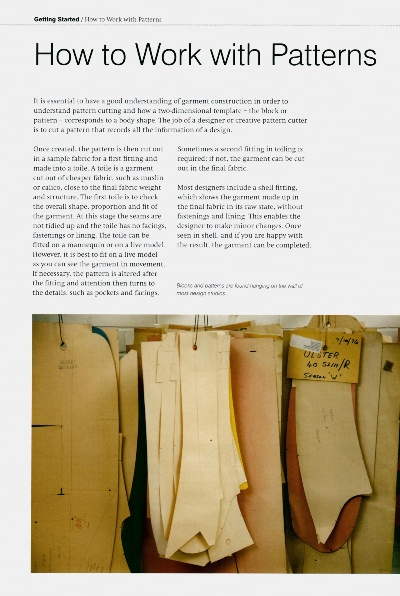
-
纺织技术的演变:随着技术的发展,纺织品的设计风格和功能也在不断演变,丝织品从简单的平面织物逐渐发展出复杂的图案和纹理。
现代纺织品设计
-
功能性纺织品设计:随着人们对舒适度和环保意识的提高,功能性纺织品设计逐渐成为主流,设计师们通过创新的设计理念和技术手段,创造出既美观又实用的纺织品。
-
时尚趋势:近年来,时尚界对纺织品设计的创新和变革产生了深远的影响,设计师们通过不断尝试新的材料和技术,创造出各种新颖的纺织品款式和图案。
案例说明
以下是一些具体的纺织品设计案例,以帮助我们更好地理解纺织品设计的历史和发展。
-
古代织锦技术案例:古代中国和印度等地,人们通过精湛的织锦技术,创造出各种具有特色的纺织品,这些纺织品不仅具有美观的图案和纹理,还具有实用性和舒适性。

-
现代功能性纺织品案例:近年来,随着人们对舒适度和环保意识的提高,功能性纺织品逐渐成为主流,某些新型面料采用了特殊的纤维和工艺技术,具有抗菌、防紫外线等特殊功能,这些功能性的纺织品不仅美观实用,还具有很高的环保价值。
图表说明
以下是纺织品设计历史的图表说明:
(请在此处插入图表)
纺织品设计是一个充满历史与文化交织的领域,它的发展历程反映了人类对美的追求和对材料和工艺的探索,随着科技的不断发展,纺织品设计将继续创新和发展,为人类带来更多的美好体验。
Articles related to the knowledge points of this article:
The Future of Textiles:An Overview of Silverdale Textiles
The Flags of Our Times An Expedition into the World of Flag Kings Textiles
The Evolution of Silin Textiles:Innovation,Sustainability,and Global Impact
The Evolution and Innovation of Chisen Textiles:A Journey Through Time
